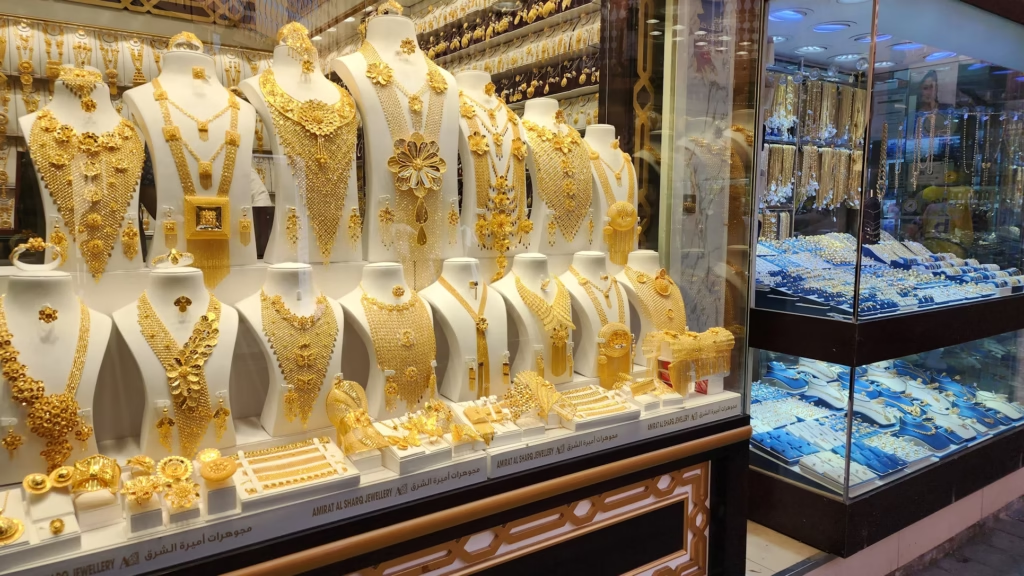New Delhi has moved decisively to fortify its trade frameworks with the United Arab Emirates, introducing stringent new regulations on the import of gold and silver.

This significant policy update, enacted by India’s Directorate General of Foreign Trade (DGFT) and aligned with the Union Budget 2025, aims to plug loopholes in existing trade agreements and ensure fair practices, particularly under the India-UAE Comprehensive Economic Partnership Agreement (CEPA).
Under the revamped policy, the import of unwrought, semi-manufactured, and powdered forms of gold and silver is now strictly limited. These precious metals are permitted to enter India only through a select group of authorized entities: nominated agencies approved by the Reserve Bank of India (RBI) or DGFT, and “qualified jewellers” as notified by the International Financial Services Centres Authority (IFSCA) for imports routed through the India International Bullion Exchange (IIBX). Additionally, valid Tariff Rate Quota (TRQ) holders under the India-UAE CEPA are also authorized, provided imports are conducted via the IIBX with physical delivery through IFSCA-registered vaults in Special Economic Zones (SEZs).
This tightening of import norms comes in direct response to identified instances of misuse within the trade agreement. Authorities discovered that some importers were allegedly exploiting a classification ambiguity by declaring nearly pure gold (containing over 99% gold content) as platinum alloys. This deceptive practice allowed them to benefit from significantly lower import duties under CEPA, which offered preferential treatment to platinum and its variants. For instance, while gold might face a higher duty, platinum alloy imports enjoyed a substantially reduced rate, creating an illicit avenue for revenue leakage and unfair competition for domestic players.
To specifically counter this malpractice, the Indian government has introduced new, highly specific Harmonised System (HS) codes for key precious metals. A dedicated HS code has been established exclusively for platinum with 99% or higher purity. Crucially, only imports falling under this strict purity criterion will now qualify for duty concessions under CEPA. Any other platinum compositions will no longer be eligible for these benefits, effectively shutting down the route for disguising gold as platinum. Officials have stated that this measure aligns customs duties with import regulations, ensuring greater consistency and preventing revenue loss.
The India-UAE CEPA, which came into force in May 2022, is a landmark agreement designed to boost bilateral trade. Under its provisions, India has agreed to allow the import of up to 200 metric tonnes of gold annually from the UAE at a reduced import duty, offering a 1% tariff concession through the TRQ mechanism. While the CEPA has largely been hailed as a success, significantly increasing bilateral trade volume—which reached approximately $84 billion in 2024—the recent restrictions underscore India’s commitment to maintaining the integrity and sanctity of this crucial bilateral pact.
Industry experts in both India and the UAE anticipate that these new rules will inevitably impact the immediate dynamics of the gold and silver trade, prompting businesses to swiftly adapt to the revised import procedures and compliance requirements. While some in the trade may face initial adjustments, officials emphasize that these measures are essential not only to prevent exploitation of trade loopholes but also to uphold fair trade practices, protect India’s domestic market, and ensure that the benefits of CEPA are utilized as originally intended. The move signifies a calibrated approach by India to regulate high-value imports, directly influencing the nation’s trade balance and foreign exchange reserves, while ensuring continued strong economic partnership with the UAE.

